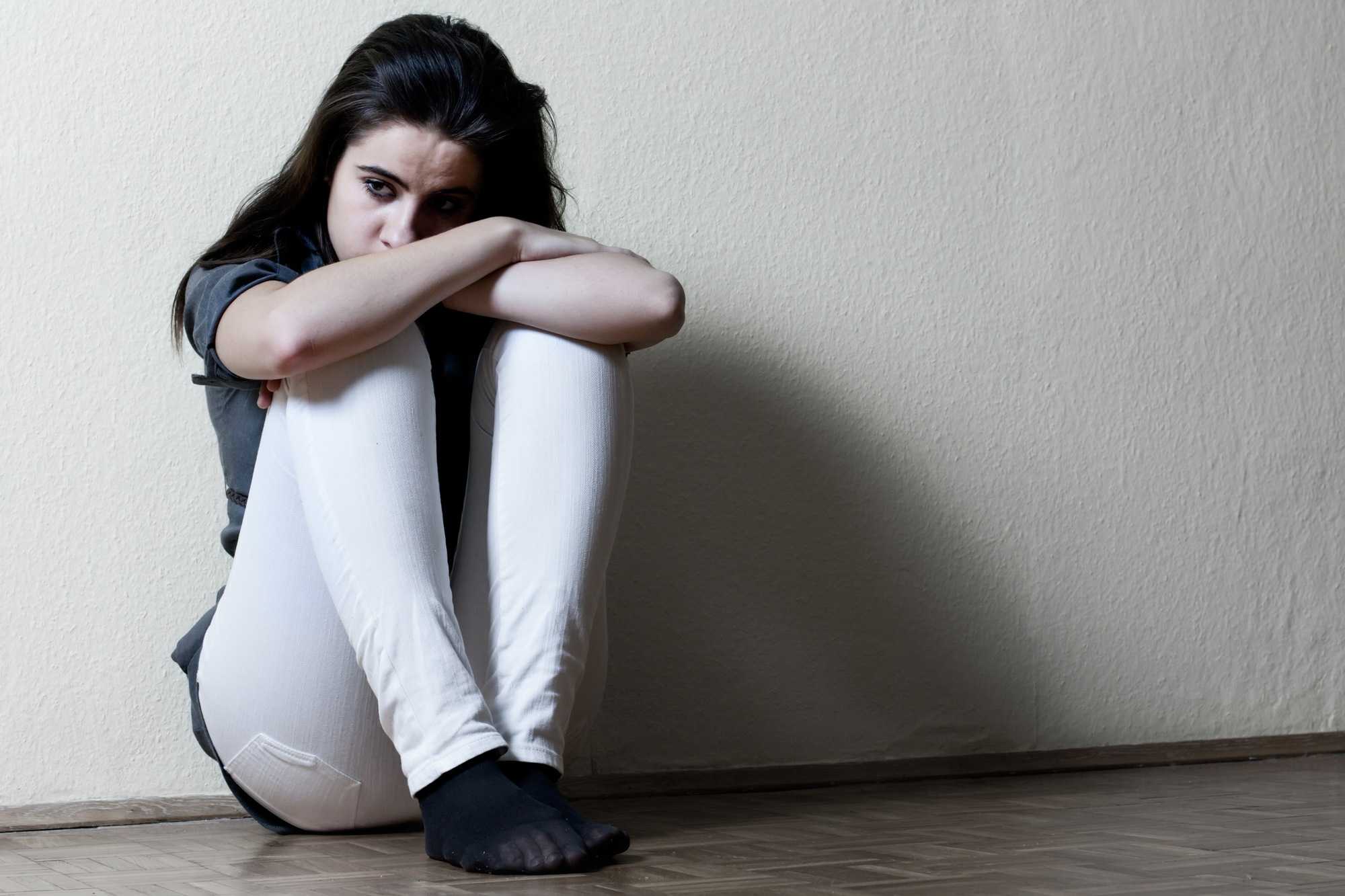BY PAUL JUNOR
The suicides of many high profile movie stars has brought attention to this serious social problem that many have refused to talk about openly. The deaths of: Robin Williams, TV personality Anthony Bourdain at 61 on June 8th, 2018, and Kristoff St. John of The Young and the Restless at 52 on February 24th, which came five years after his son took his own life in 2014. According to Statistics Canada, the overall suicide rate is typically about 14 per 100,000, while in the U.S it is consistently slightly lower at about 12 per 100,000. An average of 10 people die by suicide each day in Canada. In 2017, there were about 4,157 up from 3,890 in 2009. Of the approximately 4,000 suicides per year, more than 90% were living with a mental health problem. This shows that there is a positive correlation.
According to a 2000 report from the Canadian Institute of Health, suicides among First Nations youths (aged 15-24) were about five to six times higher than non-Aboriginal youths in Canada. Suicide rates among Inuit youths are among the highest in the world (Suicide Prevention Canada. ca). Suicide among Aboriginal youths in Canada is now being seen as an epidemic. In an online article titled,” Suicide in Youth: An enormous problem hiding in plain sight” by Stephanie Martin on October 25th for Church Leaders, data is presented that shows that the suicide rate increased by 56% between 2007 and 2017 which makes it the second leading cause of death for youths. For preteens and young teens (10 to 14), the suicide rate increased over 300 % during that decade. Among black youths, suicide attempts rose 73% between 1991 and 2017. Suicide is the second leading cause of death among youths and young adults (15–34 years) in Canada (Canada.ca).
There have been three students who died at the downtown University of Toronto campus in 2017 and 2018 out of over 60,000 students according to Canadian Press. In, 2019 there have been four deaths so far as reported by the union representing education workers. The U of T has been forced to respond and instituted a SafeTalk program which involves a three hour training designed to ensure that people with thoughts of suicide are connected to helpers who are prepared to provide first aid instructions. In an article by Peter Goffin on August 12th, 2017 in the Toronto Star titled “How many Ontario post-secondary students die by suicide each year: No one knows for sure,” it was revealed that there is not much data available about these incidences. After the death of Chase Graham at the University of Waterloo, the university initiated a committee to look at mental health.
Three stress-related factors for suicide among adolescent and college-age population include: depression, major loss and stressful life events, according to Richard Blonna in his book, “Coping with Stress in a Changing World” pg. 166. Other factors he mentioned are: demographic factors (age, sex, race, socioeconomic status), psychiatric disorders and biological problems. In a June 1985, Psychology Today article, depression is linked to more than two-thirds of suicides. Warning signs include the following: a sense of hopelessness or no hope in the future, isolation or feeling alone, aggressiveness and irritability, possessing lethal means, feeling like a burden to others, drastic changes in mood or behaviour, frequently talking about death, self-harm, engaging in “risky” behaviours, making funeral arrangements, giving things away, substance abuse, making suicide threats and negative view of self. Trained professionals must be alerted to provide help.
There are several actions that caregivers, parents and concerned individuals can do to provide assistance. They include:
- Talking openly about suicide and depression
- Teaching children social and emotional skills
- Being alert to signs of depression
- Intervening early by informing counsellors
- Providing access to local resources
Psychologist Nadine Karlow highlights the importance of a loving community where, “You feel loved, cared for and protected,” as being integral to preventing suicide.

